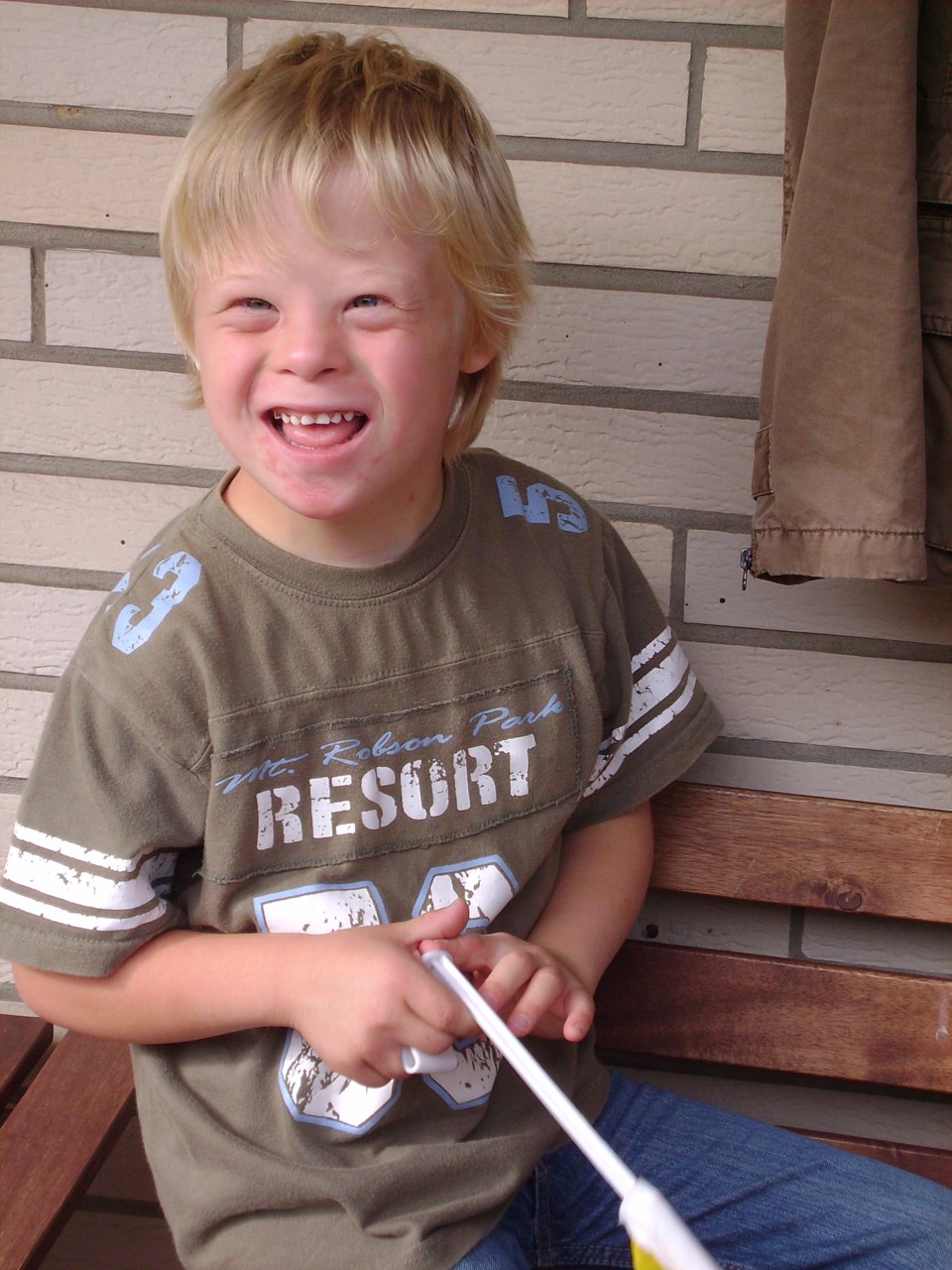After jumping through all the hoops, the Ability in Me (AIM) program to support children and youth with Down syndrome has been given an investment of $200,000 by the provincial government.
The money will be going towards the program’s speech language services for individuals age 0-18. The services include weekly group sessions with a speech language pathologist and meetings with families to determine what programming is needed.
“There is always ongoing support for families and schools,” said Tammy Ives, the executive director for AIM. “It’s a family-based program. The pathologist will be working with the child around receptive and expressive language, and social skills as well.”
Every child with Down Syndrome is unique and so the strategies will vary depending on the person. However, certain issues are common to the syndrome, such as low muscle tone. Thus, the pathologist will focus on areas such as articulation and coming up with adaptive tools and resources that the youth can use to be successful at school and in the community.
“Basically, at any stage of development, there’s a role for the speech therapist,” said Emily Young, a speech pathologist working with AIM. “With infants and babies, we encourage family strategies to get their kids making lots of sounds and imitating facial expressions and becoming interactive.”
According to the Mayo Clinic’s website, Down syndrome is a genetic disorder caused by excessive genetic material from chromosome 21. It can vary in severity, but usually causes intellectual disability and delayed development. It can also occasionally result in health problems.
It’s one of the most common genetic chromosome disorders, but catching it early means it’ll be easier helping a child cope with it.
“Generally, they might be slower to develop language than their peers, so they may not start using words until two years or later,” said Young. “When they do, sounds are more challenging to produce for speech, usually because of anatomical differences and muscle tone.”
For preschoolers, Young said they focus on building their language, getting them to use more words and helping them to develop sounds. Once they reach school age, they start showing them how to refine sounds and work on some basic concepts such as following directions and answering questions accurately. However, the services AIM provides are meant to be supplementary so as to assist parents and teachers with what they’re already trying to teach the children.
“Basically, we just want to help them practice making sounds, but in a fun way,” said Young. “We almost trick them into working on what is hard for them.”
Despite the common knowledge about the syndrome, not everyone actually knows what Down syndrome is, what causes it, or how to deal with it. As such, Young says it’s best to just exert patience. Sometimes an individual might just have difficult formulating responses, so the other person should just give them time to answer.
“Then I think just generally speaking to them in a way that you would speak with anyone else at their age,” she said. “Also, not speaking down to them, or perhaps simplifying your language would be helpful, but not speaking in an immature or childish way.”
Ives also said there’s also another thing people should remember when referring to individuals with Down syndrome.
“I think the important thing is that the child comes first and that Down syndrome is just part of the child,” she said. “For parents, their child is known for himself and not his diagnosis of Down syndrome.”




